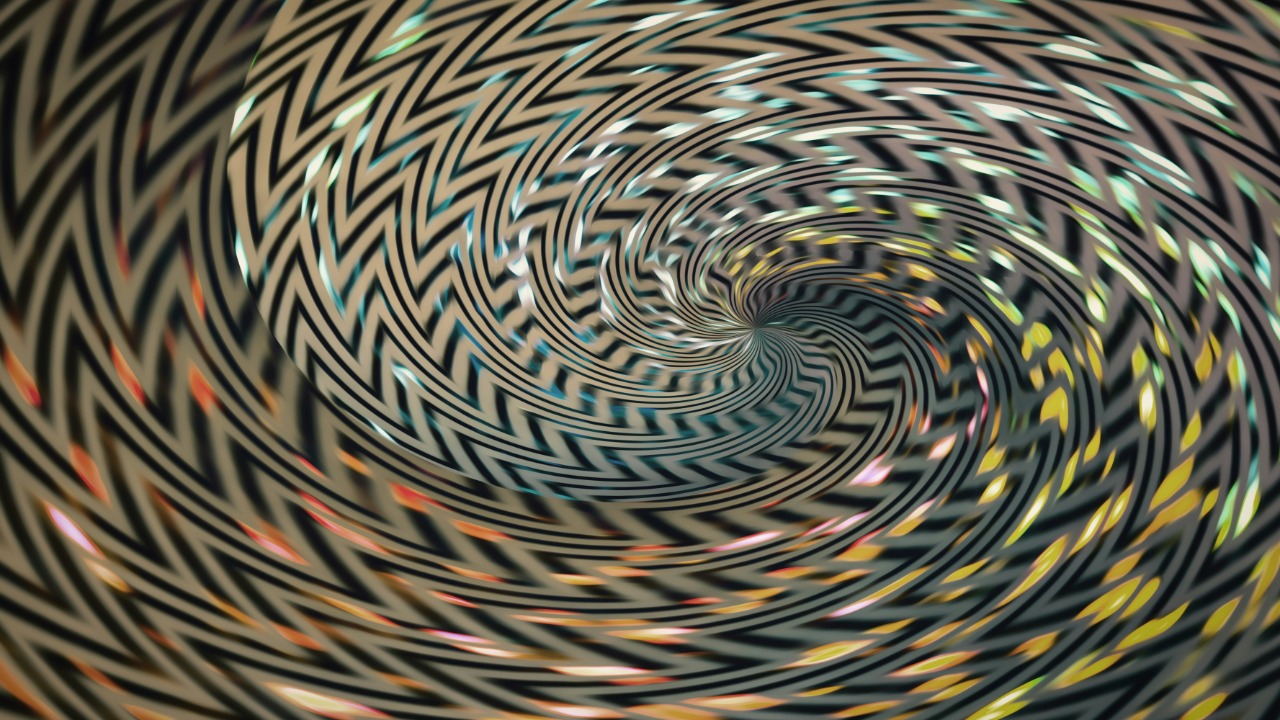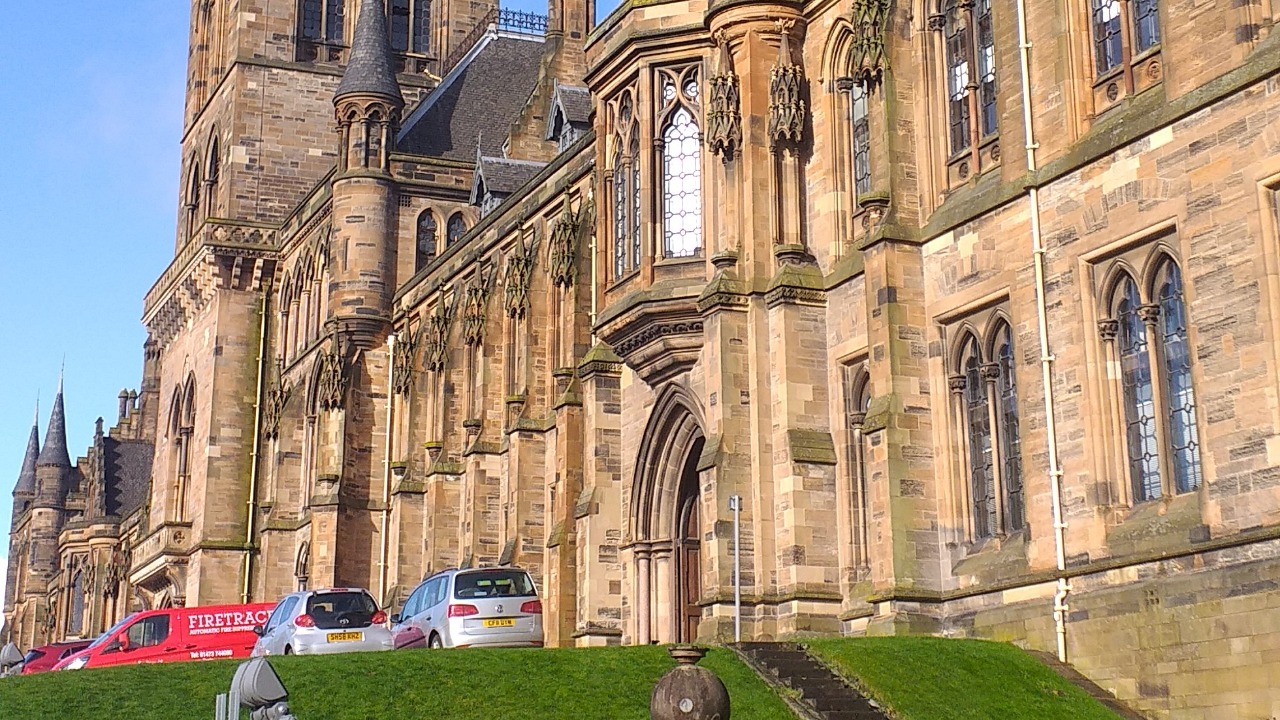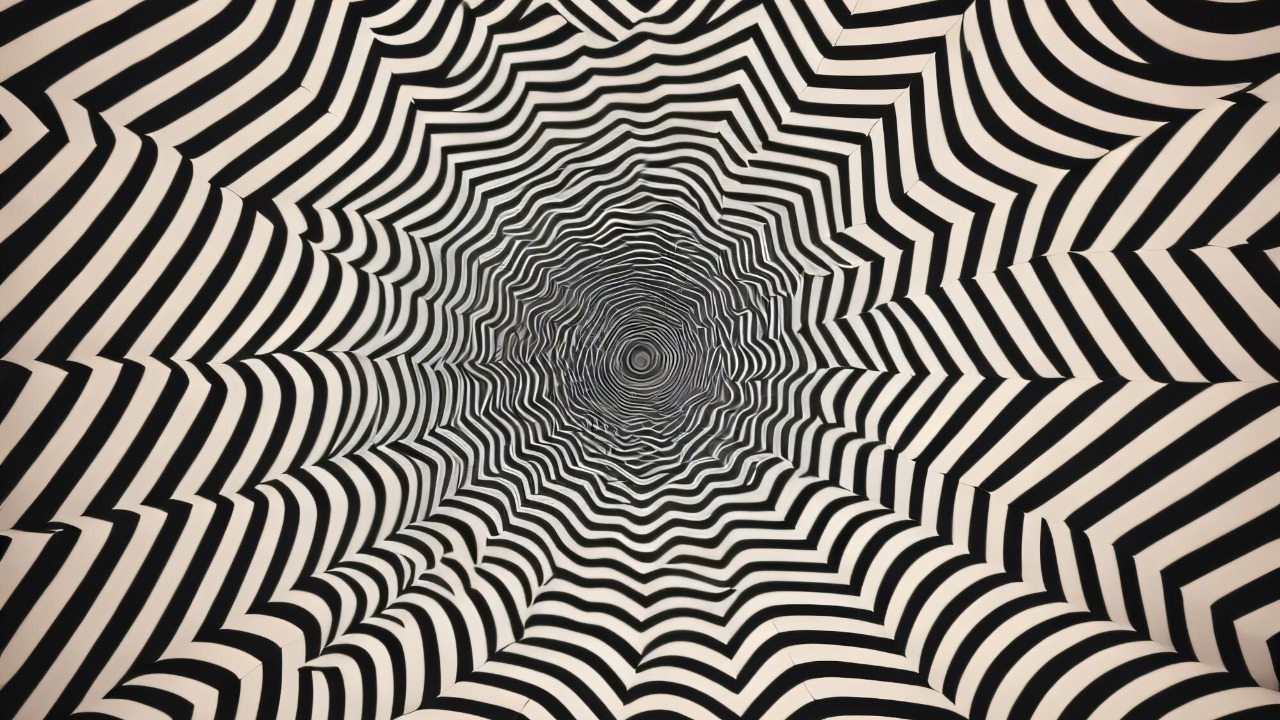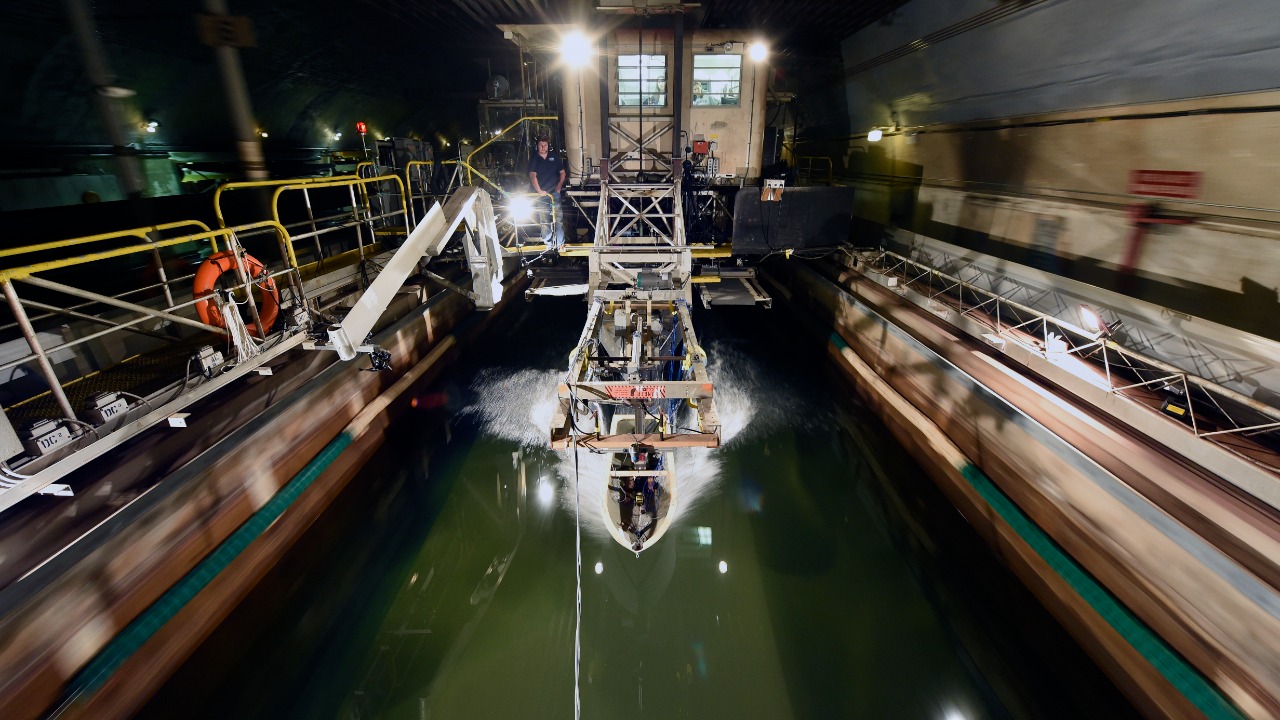
In a groundbreaking experiment, physicists at the University of Glasgow have successfully simulated an object moving at 99.9% the speed of light, creating a rare optical illusion without violating the laws of relativity. This was achieved by firing a laser through a specially engineered metamaterial, demonstrating advanced control over light propagation.
The Experimental Setup

The experiment was conducted in a lab environment at the University of Glasgow, equipped with a high-powered laser system. The laser was the key instrument used to create the illusion of near-light-speed motion. The laser beam was fired through a metamaterial, a substance engineered to have properties not found in naturally occurring materials. This metamaterial was specifically designed to manipulate light wavefronts, creating the illusion of superluminal motion.
Measurement techniques were employed to verify the simulation of 99.9% speed-of-light motion. Importantly, these measurements were made without the need for actual particle acceleration, a process typically associated with achieving high speeds. The experiment thus showcased a novel method of simulating near-light-speed motion in a controlled lab environment.
Understanding the Optical Illusion

The illusion of superluminal motion arises from the phase velocity of light exceeding its speed in the metamaterial. This creates the appearance of an object moving faster than light, a phenomenon that has been theoretically predicted but rarely observed. The metamaterial used in the experiment was engineered to allow this phase velocity to exceed the speed of light, thereby creating the illusion.
However, it’s important to note that the actual group velocity of light, which is the speed at which energy or information travels, remained below the speed of light. This distinction between the illusion’s apparent speed and the actual speed of light is crucial to understanding the experiment and its adherence to the laws of physics.
Key Physicists Involved

The project was spearheaded by lead researcher Daniele Faccio from the University of Glasgow. Faccio’s expertise and leadership were instrumental in the successful execution of the experiment. His work in this project demonstrates his commitment to advancing our understanding of light and its properties.
Co-author Marcello Ferrera and an interdisciplinary team combining optics and materials science also made significant contributions to the project. Their collective expertise in these fields was crucial in engineering the metamaterial and conducting the experiment.
Technical Challenges Overcome

One of the major challenges in the experiment was engineering the metamaterial to achieve precise control over light wavefronts. This was necessary to create the illusion of an object moving at 99.9% the speed of light. The team’s success in overcoming this challenge demonstrates their mastery of materials science and optics.
Another hurdle was aligning and synchronizing the laser to capture the transient illusion effect. This required precise control over the laser system and careful monitoring of the experiment. The rarity of observing such illusions outside natural phenomena like mirages added to the complexity of the experiment.
Implications for Physics Research

This lab recreation of near-light-speed motion has significant implications for the study of relativistic effects. Traditionally, studying these effects required high-energy particle accelerators. However, this experiment shows that it’s possible to simulate these effects in a lab environment, potentially opening up new avenues for research.
The experiment also has potential applications in optical communications and faster data processing. By manipulating light in this way, it may be possible to develop new technologies for transmitting and processing information at high speeds.
Future Directions and Publications

Following the success of this experiment, there are plans to scale it up to simulate even closer-to-light speeds or multi-dimensional illusions. This could further expand our understanding of light and its properties, and potentially lead to new technological breakthroughs.
The methodology and results of the experiment have been detailed in a peer-reviewed publication in Nature Physics. This publication provides a comprehensive account of the experiment, and serves as a valuable resource for other researchers in the field.
Overall, this experiment represents a significant advancement in our understanding of light and its properties. It not only demonstrates the feasibility of simulating near-light-speed motion in a lab environment, but also opens up new possibilities for research and technological development.